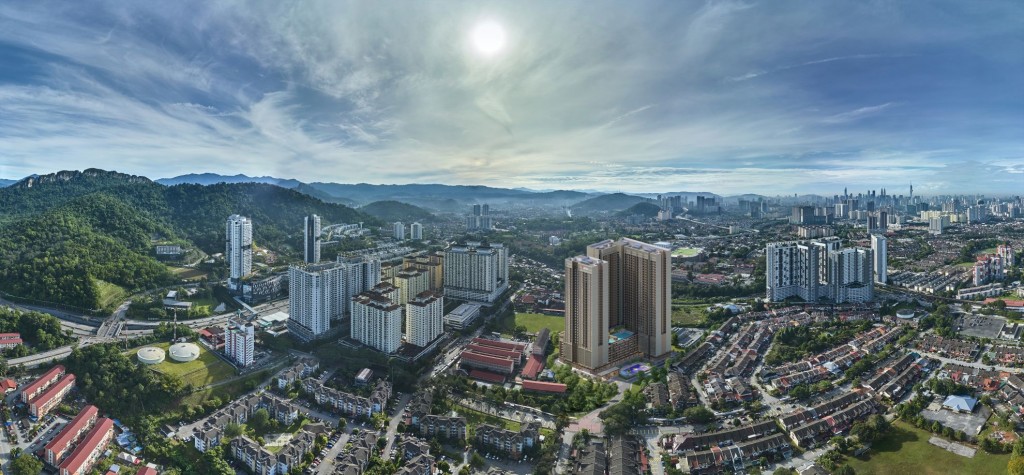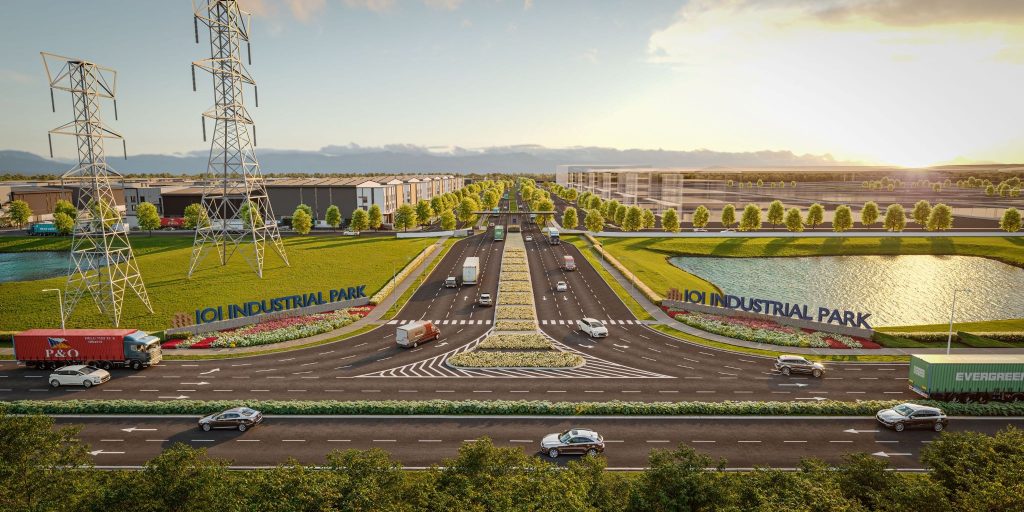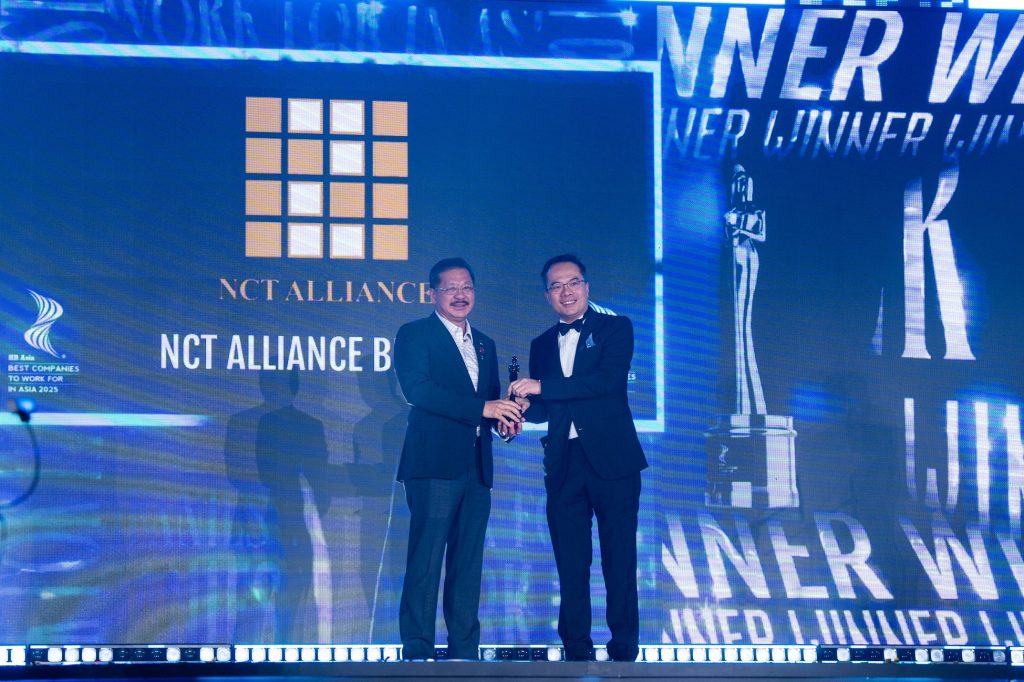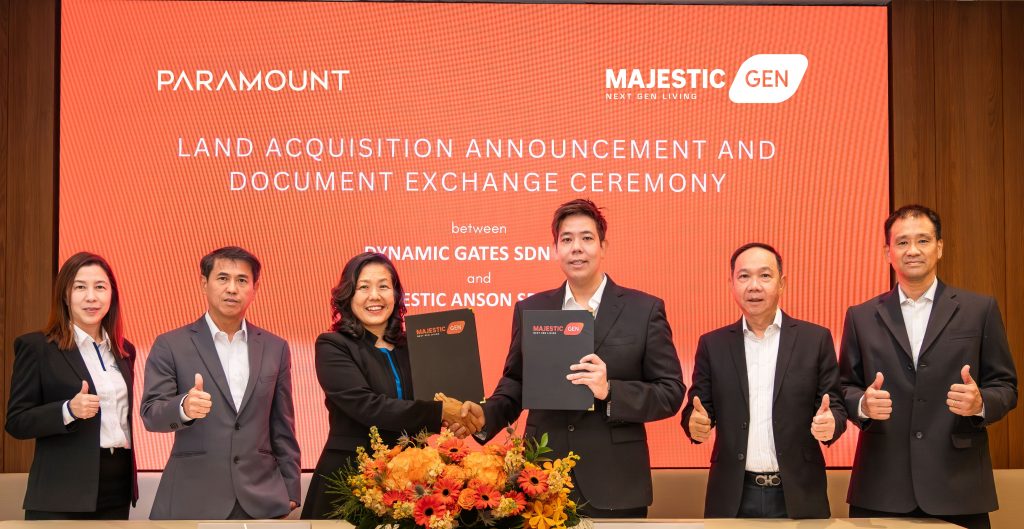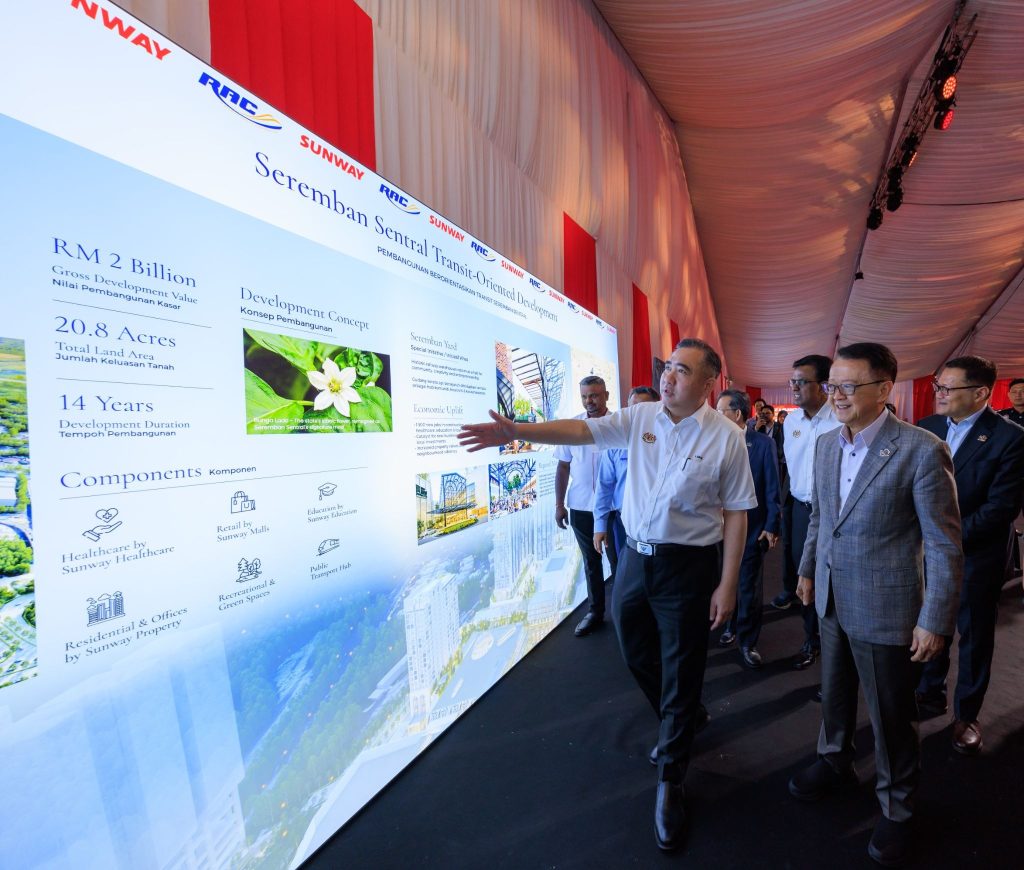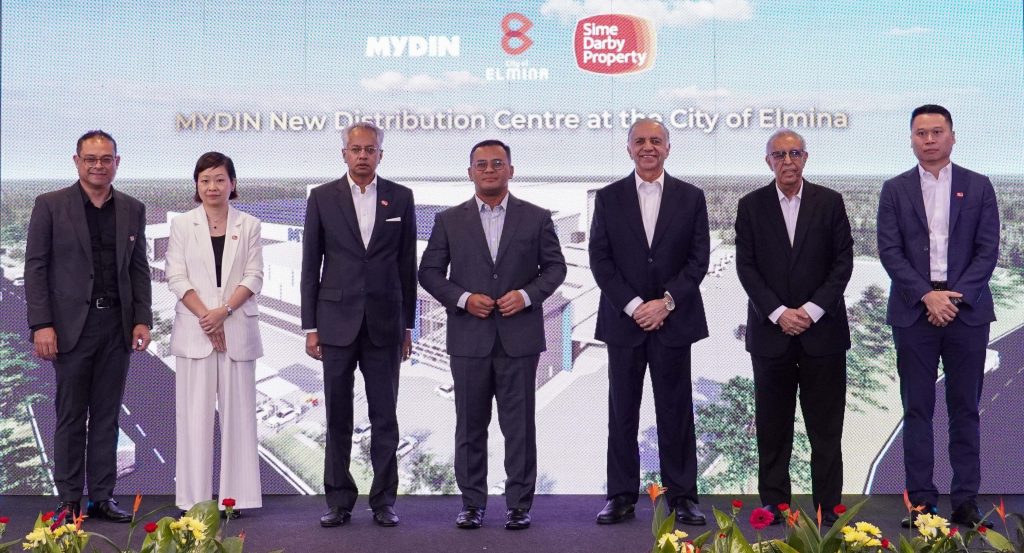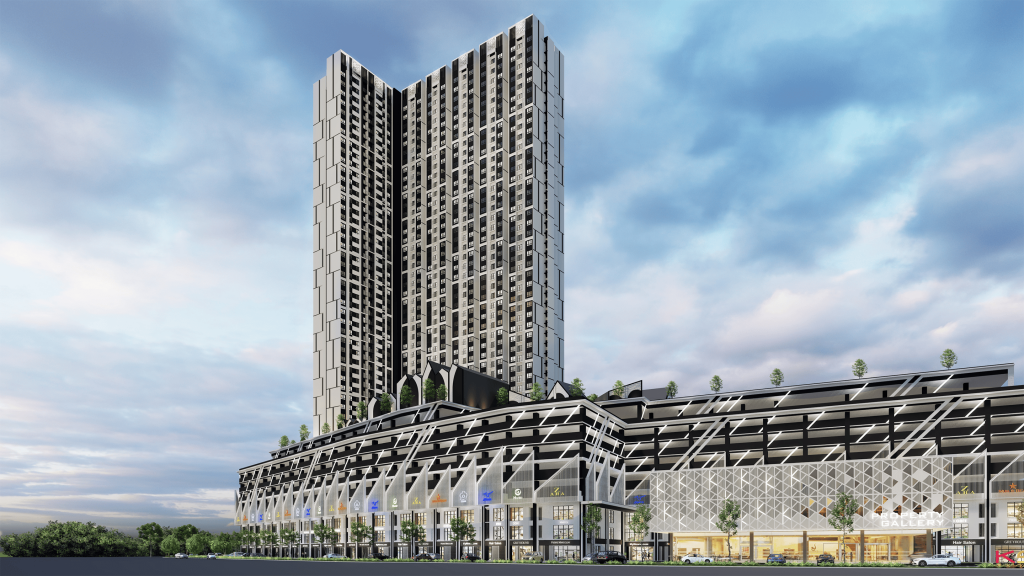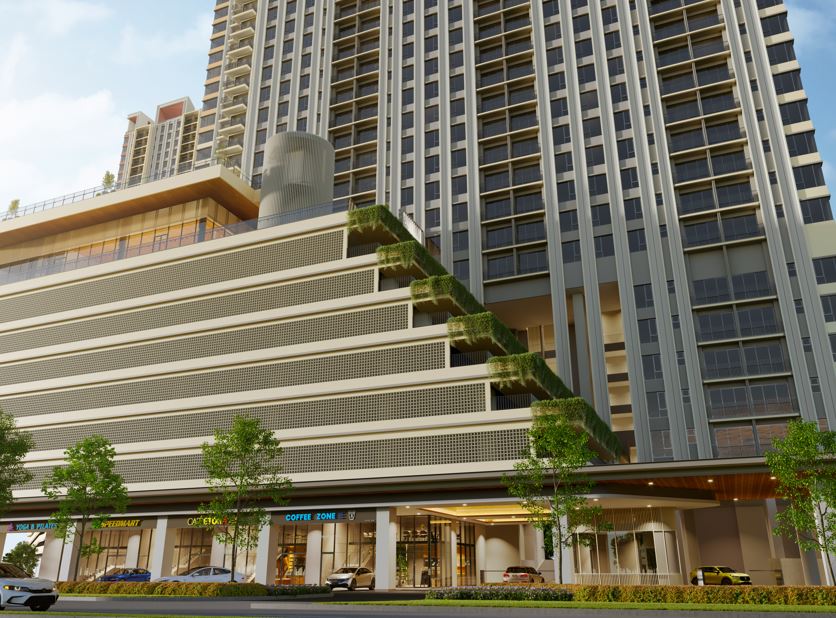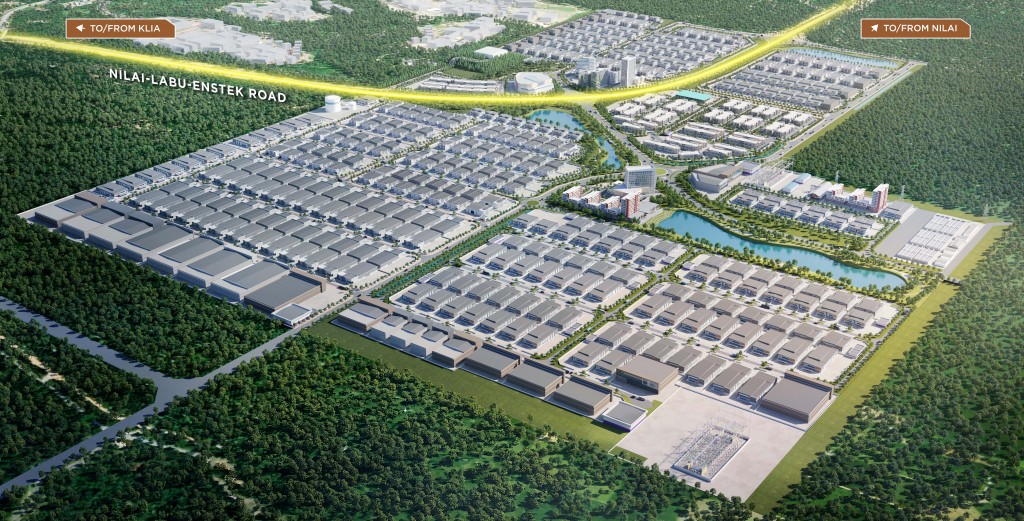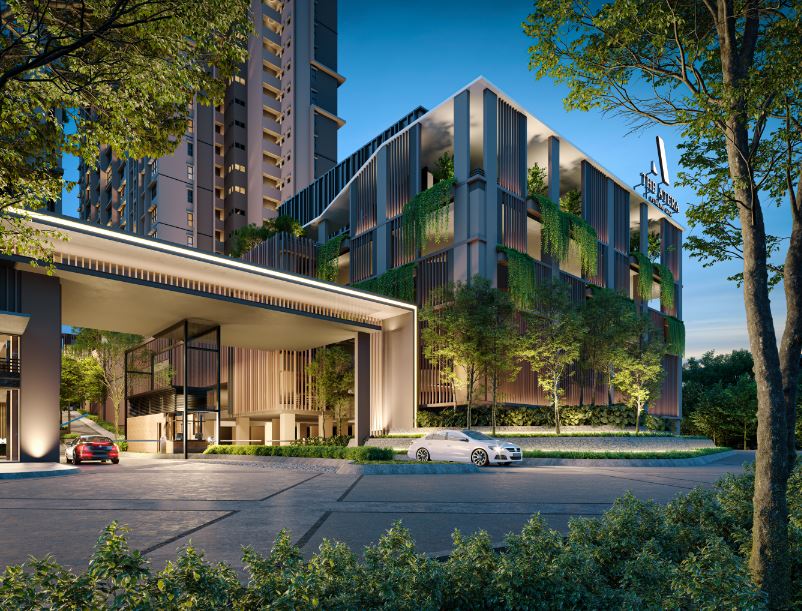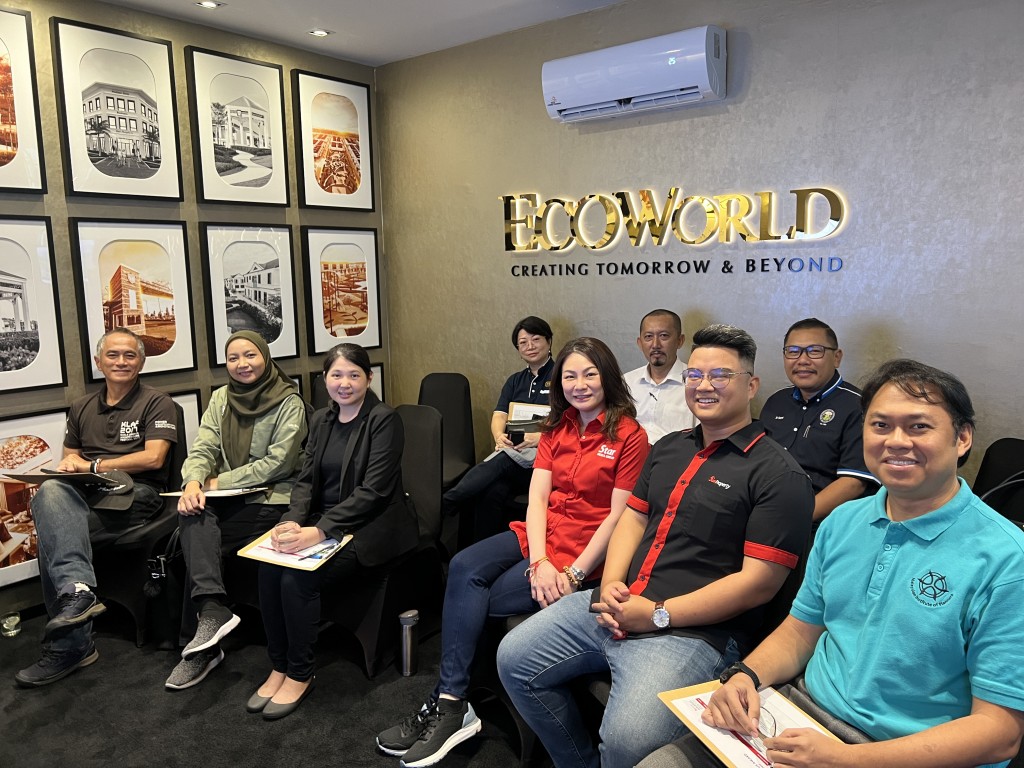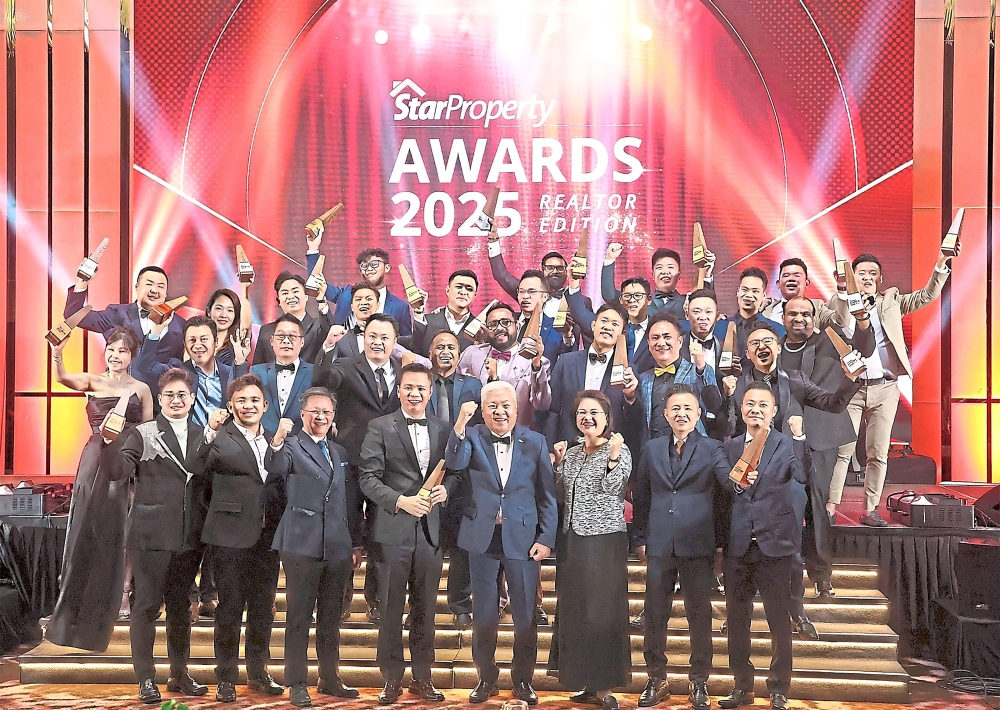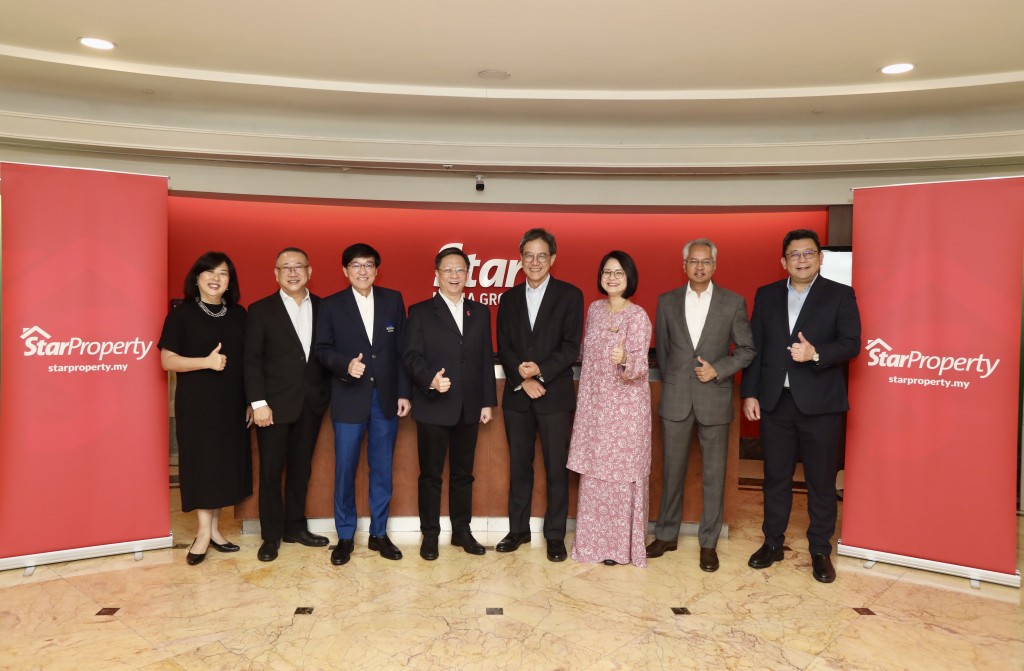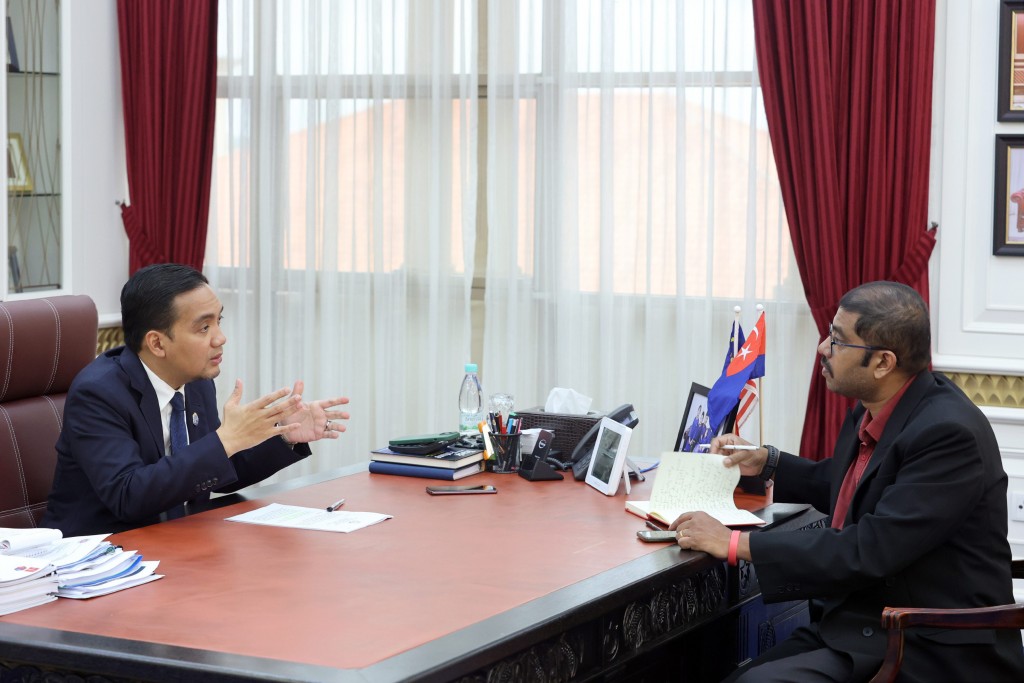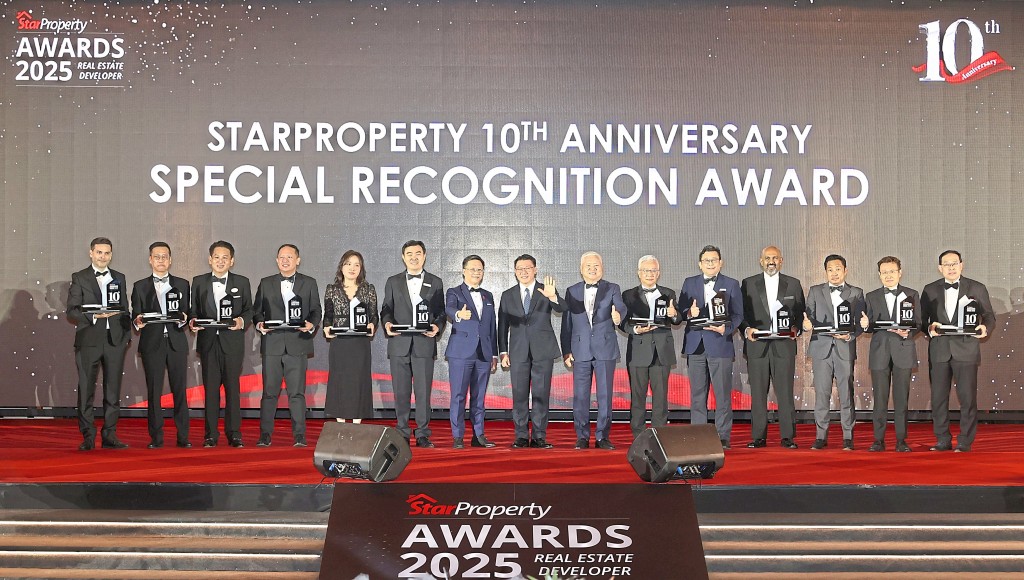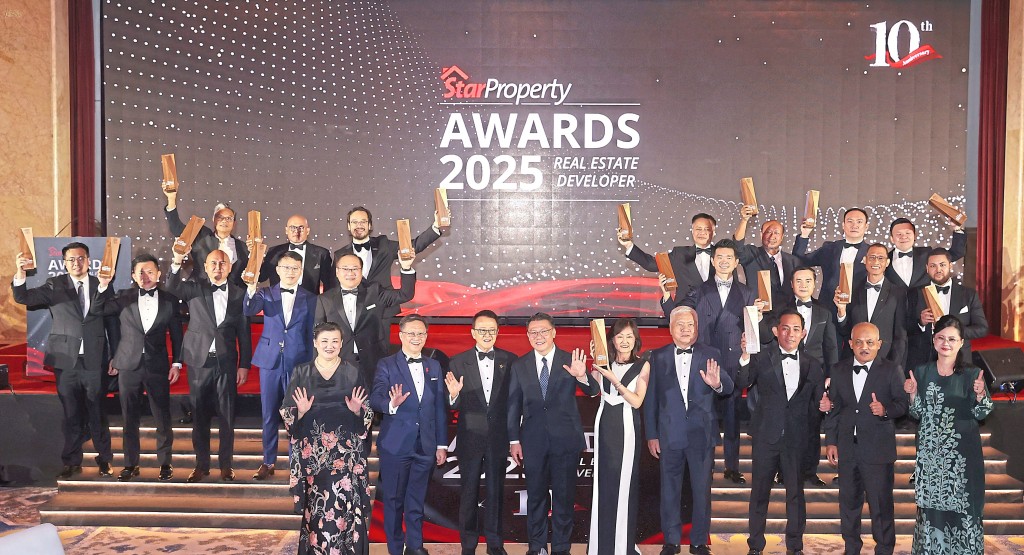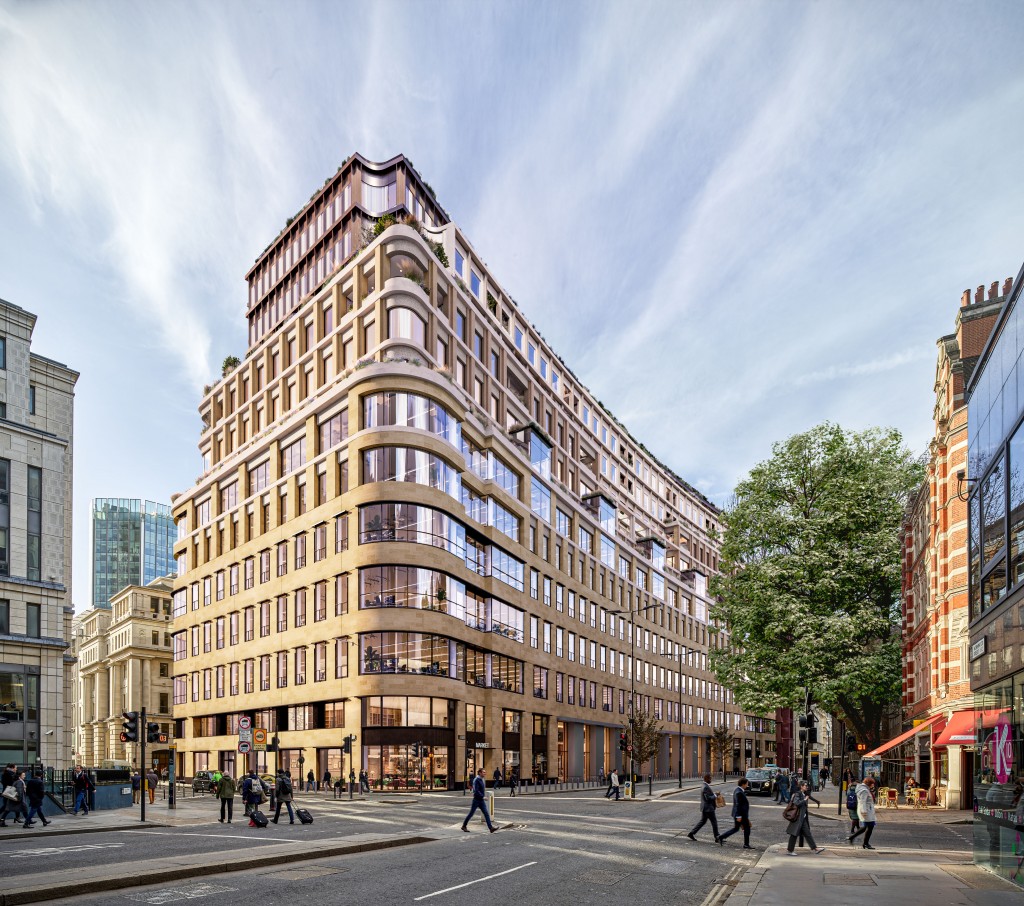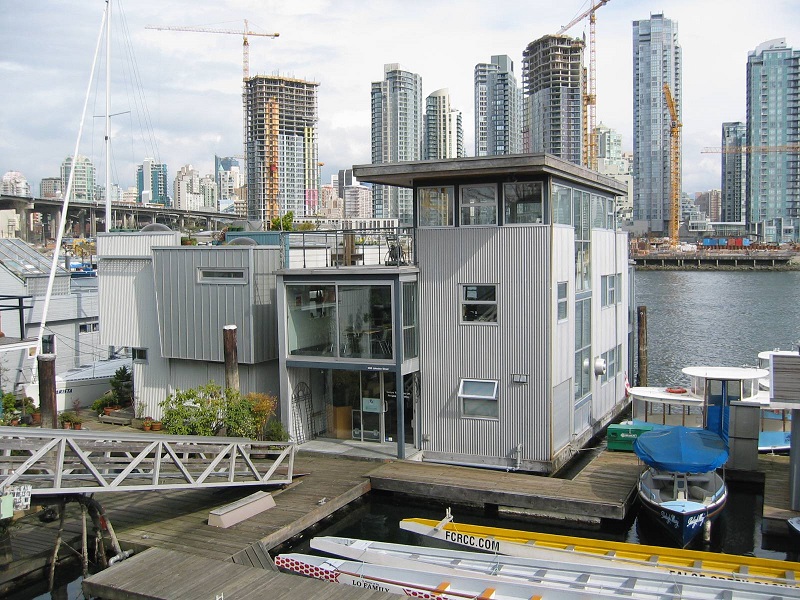By Joseph Wong
New insights from the 2025 Urban Readiness Report reveal that city leaders worldwide are grappling with a complex, two-front battle. On one hand is the immediate pressure to deliver essential services for rapidly swelling urban populations and on the other, the critical need to invest in long-term resilience against environmental and economic shocks.
This global dilemma—the perpetual conflict between the urgent and the important—is not new but for Malaysia, it is intensified by a severe constraint on capital, leading to a constant trade-off that risks sacrificing the future for the urgency of today. While Malaysian leaders clearly recognise both imperatives, the stark reality is that the vision is being choked by financial limitations.
The most pressing finding for Malaysia is the overwhelming financial strain on urban governance. A notable 82% of Malaysian city leaders stated they face a lack of adequate funding that hinders progress toward long-term resilience goals. The report, developed by Expo City Dubai in partnership with YouGov after surveying over 1,000 city leaders globally, revealed that this severe funding gap was a common denominator across all cities sampled but Malaysia’s rate is a full seven percentage points higher than the global average.
The constant need to allocate immediate cash flows toward patching existing road networks, maintaining aging water systems or subsidising utilities often means critical, high-cost, resilience projects such as major flood mitigation infrastructure or comprehensive urban heat island countermeasures which are repeatedly deferred. This cycle perpetuates vulnerability, turning manageable risks into potential future disasters and locks cities into an expensive reactive mode.
As a direct consequence, the majority of municipal focus remains laser-targeted on delivering basic utilities and essential daily services that residents rely on, diverting resources from expansive, forward-looking projects. To cope with the scale of this financial challenge, Malaysian leaders are increasingly identifying public-private partnerships (PPPs) as the most viable accelerator for essential infrastructure development and service delivery, particularly within complex sectors like healthcare. PPPs are seen as a necessary mechanism to bring private capital and efficiency to the table, allowing critical projects to move forward without overburdening constrained state budgets.
Balancing social needs and climate pressure
Malaysia’s city leaders are walking a tightrope between addressing core quality-of-life services and preparing for environmental stressors. The report highlights a tangible tension, with urgent issues like urban mobility, adequate healthcare systems and the provision of affordable housing competing directly with needs for long-term climate resilience. Environmental threats such as urban heat, flooding and landslides are recognised as requiring urgent intervention over the next five years.
The prolonged monsoon seasons and increasing severity of flash floods demand not just emergency response but large-scale civil engineering works and such investments are highly capital-intensive. Simultaneously, the accelerating urban heat island effect necessitates a massive rollout of green infrastructure, cool roofing technology and the conservation of vital green lungs. Without dedicated capital, these crucial physical transformations cannot move past the initial planning and feasibility study stage, leaving communities exposed to increasingly severe weather events.
This observation underscores that the challenge facing Malaysian city leaders is not just infrastructural but also social. When leaders identify economic inequality as a top-five barrier to social cohesion, they are pointing to the tangible breakdown in the social fabric caused by widening income gaps within urban centres. In practice, this inequality manifests as spatial segregation, where access to quality public services, green spaces, reliable infrastructure and high-quality education often correlate directly with residential wealth. If a city’s residents feel that their neighbourhood determines their opportunity, friction and resentment grow, making the formation of a unified, socially cohesive urban identity impossible.
Consequently, addressing this social fracturing becomes a core municipal priority, driving urban policy away from pure physical development toward socioeconomic intervention. This helps to explain why more than two in five Malaysian leaders (42%) prioritise expanding economic opportunities and entrepreneurship as the single most critical action to create a future-ready urban environment.
By focusing on fostering local business, vocational training and accessible pathways to economic growth, city leaders are actively seeking to close the wealth gap, believing that only through shared prosperity can they build stable, integrated communities for the next generation.
From policy to people-first implementation
Encouragingly, Malaysia demonstrates a high commitment to human-centric principles. An overwhelming 81% of local leaders prioritise wellbeing, safety and social inclusion in their planning—significantly higher than the global average of 71%. This suggests the intention and cultural understanding of citizen needs are strong at the municipal level.
However, translating this vision into comprehensive, mandatory policy remains a challenge. Only 36% of local leaders are fully embedding people-first policies across all planning decisions. While this figure is slightly above the global average (30%), it highlights that human-centered design is frequently applied on a project-by-project basis rather than fully integrated into all administrative and urban planning processes.
This tactical application often leads to policy fragmentation, where a new district might feature excellent pedestrian access and integrated transport while an older, adjacent neighbourhood remains isolated and difficult to navigate. True resilience and equity demand consistency. Fully integrated policies would ensure that social inclusion and accessibility are mandatory filters applied to every decision, from budget allocation to zoning bylaws, guaranteeing uniform quality of life standards city-wide.
In terms of effective governance, Malaysian cities show a strength in communication. Over two thirds (67%) of city leaders believe their cities communicate decisions effectively, indicating a strong capability in public engagement and clarity of purpose, a vital tool when managing constrained resources and competing citizen demands.
The digital acceleration imperative
Despite the pervasive funding constraints, Malaysia is successfully navigating the transition into the smart city era. The report positions Malaysia, alongside high-growth emerging markets like the UAE and the Philippines, as having one in two leaders (50%) describing their cities as actively progressing from the smart to the connected stage.
This transition involves utilising integrated systems, the Internet of Things (IoT) and real-time data to enable greater efficiency and citizen participation. This digital leapfrogging is essential for addressing the governance gaps that funding limitations create, as connected systems allow for more efficient resource allocation and smarter infrastructure management.
For Malaysian cities constrained by that 82% funding gap, leveraging integrated digital platforms is perhaps the most pragmatic path forward. Smart technology offers a cost-effective way to maximise the performance of existing assets, optimise traffic flow and predict utility failures using real-time data, ensuring that limited resources are deployed proactively, minimising waste and reducing operational expenditure across the municipal government.
As Malaysia’s city leaders prepare for the upcoming Asia Pacific Cities Summit (APCS) and Mayors’ Forum at the end of this month, the central agenda must revolve around overcoming this core financial barrier. The vision for resilient, equitable and sustainable Malaysian cities exists; the immediate challenge for Budget 2026 and beyond is finding the sustainable capital mechanisms to make that vision a tangible reality and ensure the future is not sacrificed for the pressures of the present.
This article was first published in Star Biz7.
Stay ahead of the crowd and enjoy fresh insights on real estate, property development and lifestyle trends when you subscribe to our newsletter and follow us on social media.


